Embark on a journey through the annals of time as we unravel the captivating tale of snowfall history in Massachusetts.
From the pristine peaks of the Berkshires to the coastal plains of Cape Cod, the Bay State’s winters have painted a picturesque landscape shaped by nature’s icy touch.
As the seasons wax and wane, Massachusetts has witnessed an array of snowfall patterns, each bearing the imprint of climatic shifts and atmospheric whims.
From legendary blizzards that blanketed the landscape in white to mild winters that left snow enthusiasts yearning for more, Massachusetts Snowfall history is as diverse as its geography and people.
Join us as we delve into the meteorological archives, exploring the factors that influence snowfall in Massachusetts and the impact of these wintry wonders on the state’s ecosystems, economy, and culture.
Through the lens of history, we aim to uncover the secrets buried beneath the snow.
A History of Snowfall in Massachusetts
Massachusetts is no stranger to winter weather. Snowfall is a defining feature of the season, bringing both beauty and chaos.
Massachusetts has witnessed some truly epic snowfalls throughout history. Here are a few that stand out:
The Great Blizzard of 1888
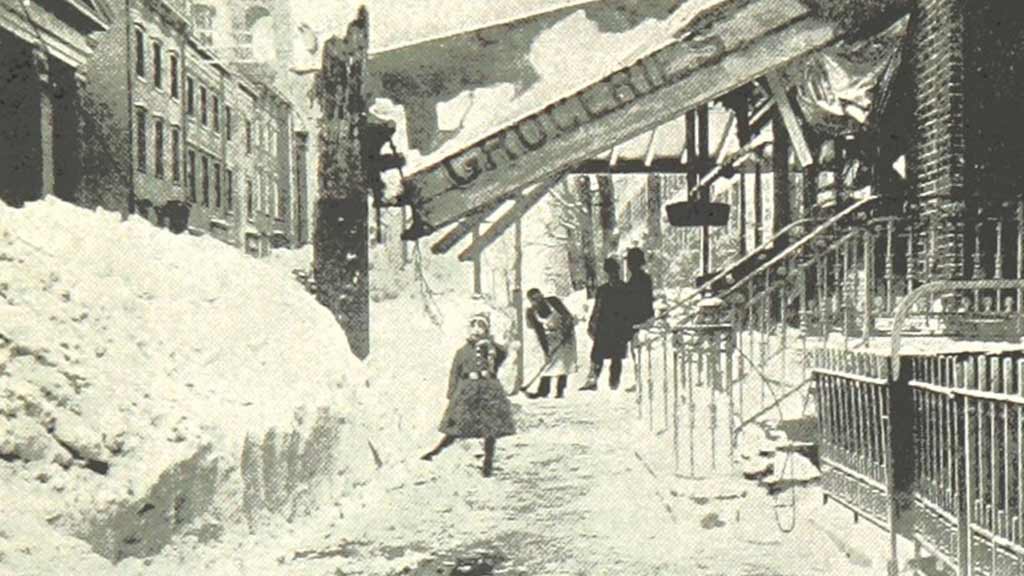
This legendary storm remains the benchmark for snowfall in Massachusetts. Over 4 feet (1.2 meters) of snow fell in Boston, with drifts reaching up to 50 feet (15 meters) in some areas. Transportation came to a standstill, and the city was paralyzed for days.
The Blizzard of 1978
Nicknamed the “White Hurricane,” this storm brought crippling snowfall and hurricane-force winds to the state. Boston received over 2 feet (0.6 meters) of snow, with drifts exceeding 15 feet (4.6 meters) in some locations. Power outages and travel disruptions were widespread.
The President’s Day Storm of 2003
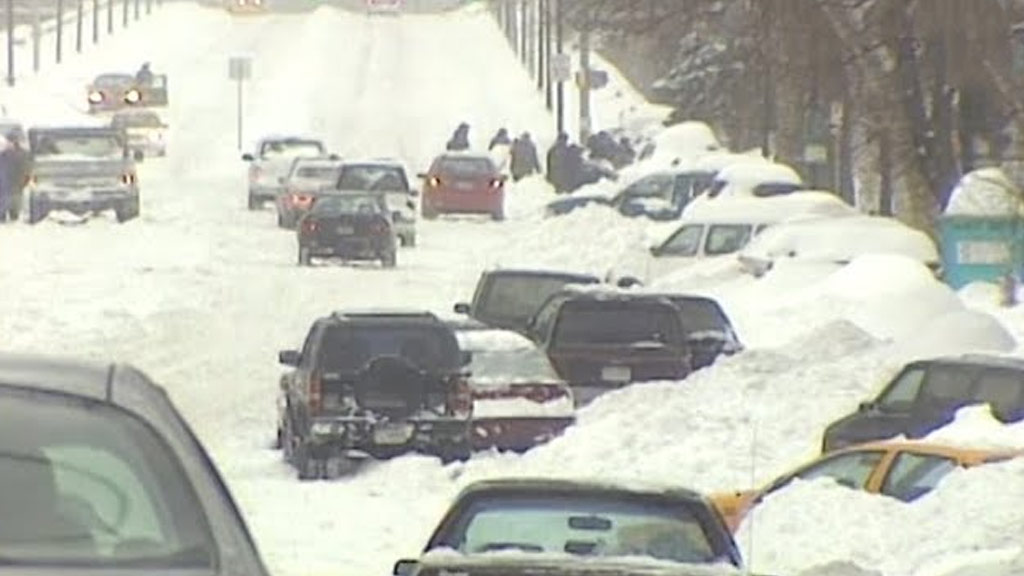
This surprise blizzard, hitting on a federal holiday, caught many off guard. Boston saw over 2 feet (0.6 meters) of snow accumulate, causing widespread school closures and power outages.
The storm’s impact was significant despite a relatively lower snowfall amount compared to the previous two.
Average Snowfall in Different Areas of Massachusetts
Snowfall in Massachusetts varies considerably depending on location, creating diverse winter landscapes across the state. Here’s a breakdown by region:
Western Massachusetts
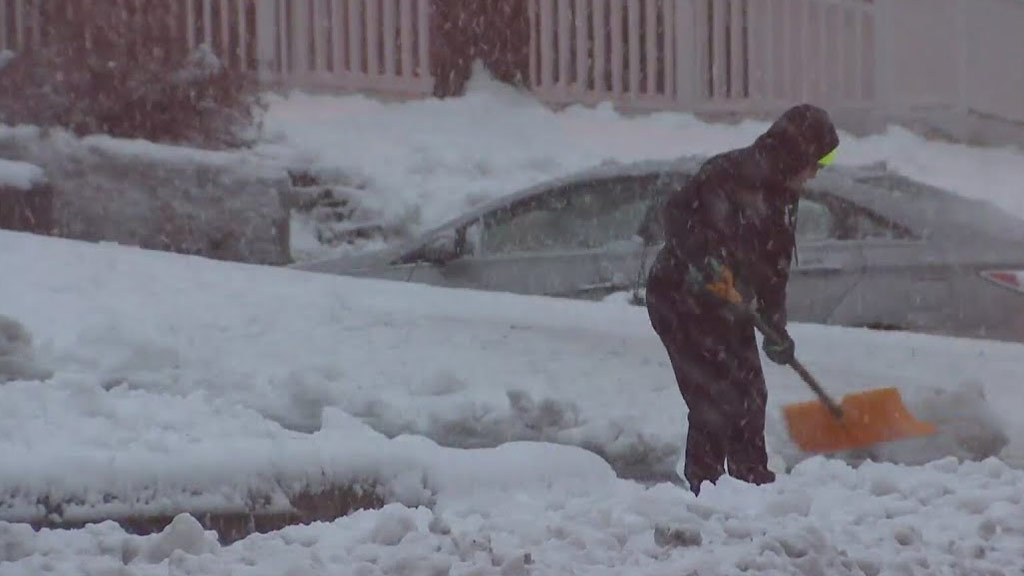
Located in the majestic Berkshires, this region experiences some of the state’s most abundant snowfall.
With higher elevations and proximity to the Great Lakes, the Berkshires are a haven for snow enthusiasts, boasting annual averages between 60-100 inches (152-254 cm).
The snow-capped peaks and pristine forests transform the landscape into a winter wonderland, inviting visitors to ski, snowshoe, and explore.
Central Massachusetts
In the heart of the state, Central Massachusetts experiences slightly less snowfall than its western counterpart. Annual averages range from 40-60 inches (102-152 cm), creating a balance between winter’s beauty and practicality.
The gently rolling hills and picturesque countryside provide ample opportunities for outdoor recreation, from sledding down snowy slopes to cozying up by the fireplace.
Eastern Massachusetts
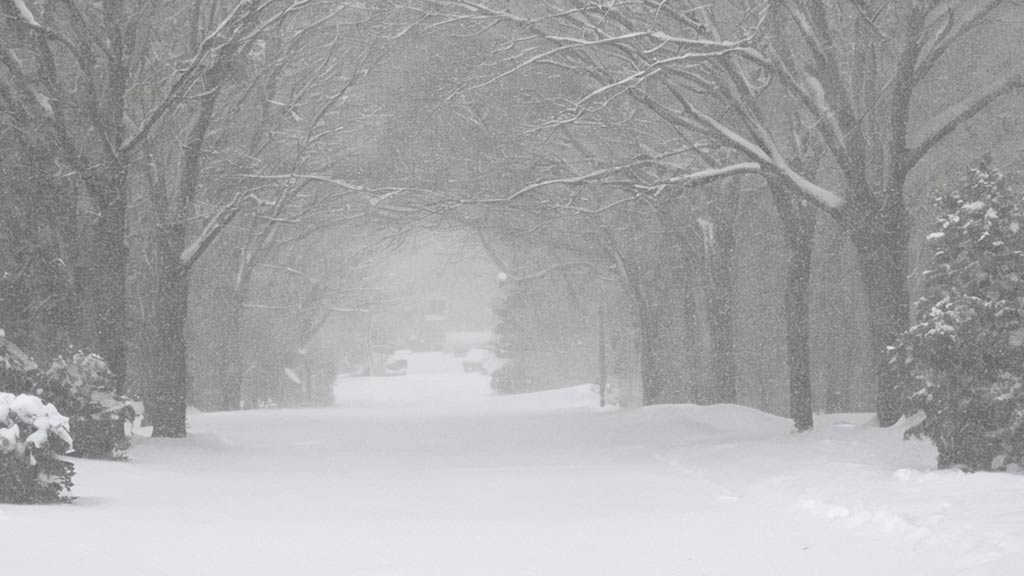
Along the coastal plains of Eastern Massachusetts, including bustling urban centers like Boston, snowfall is less abundant.
The moderating influence of the nearby Atlantic Ocean leads to milder winters, with annual averages typically ranging from 20-40 inches (51-102 cm).
While snowstorms are less frequent and intense, coastal communities still experience the magic of winter, with occasional snowfalls blanketing the historic streets and waterfronts in a layer of white.
Regardless of region, snowfall in Massachusetts adds a touch of enchantment to the landscape, transforming familiar scenes into winter wonderlands and providing opportunities for outdoor adventure and cozy moments by the fire.
What Causes the Regional Variations of Snowfall in Massachusetts?
Understanding the regional differences is crucial for residents of Massachusetts to prepare for winter weather and anticipate potential snowfall amounts.
Whether living in the snow belt of the Berkshires, the coastal plains of Eastern Massachusetts, or the transitional zone of Central Massachusetts, awareness of these factors helps communities and individuals to plan and adapt to the challenges and delights of winter in the Bay State.
Elevation

Higher elevations, such as those found in the Berkshires of Western Massachusetts, create colder temperatures and more favorable conditions for snowfall.
The increased altitude allows colder air to settle, leading to greater accumulations of snow throughout the winter months.
Distance from the Atlantic Ocean
The proximity to the Atlantic Ocean plays a significant role in shaping snowfall patterns along the Massachusetts coast.
Coastal areas, like Eastern Massachusetts, experience a moderating effect from the ocean, which can lead to milder winters and reduced snowfall amounts compared to inland regions.
As distance from the coast increases, this moderating influence diminishes, allowing colder air masses to penetrate further inland and produce more substantial snowfall.
Lake-Effect Snow
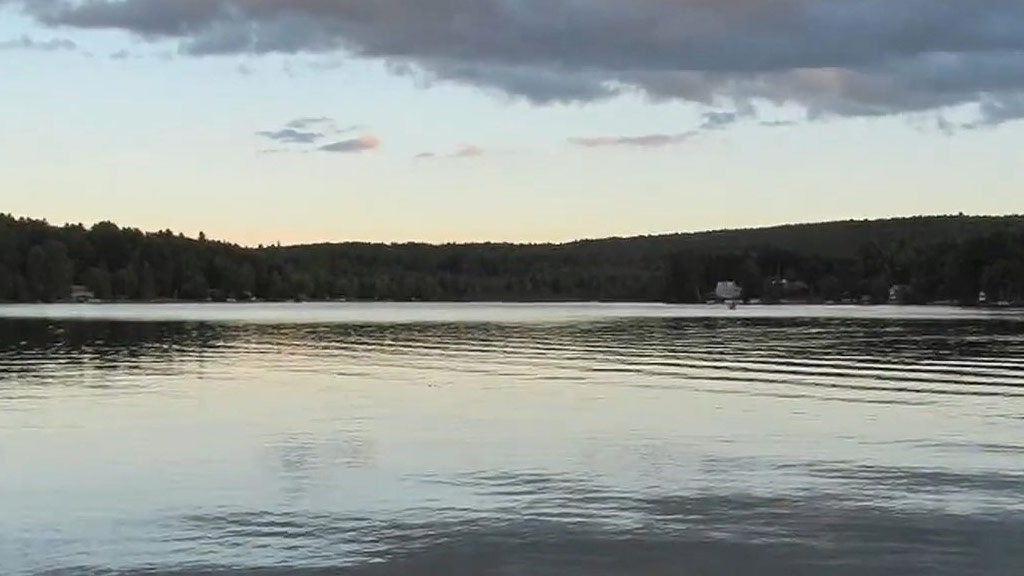
In Western Massachusetts, the presence of the Great Lakes can significantly enhance snowfall through a phenomenon known as lake-effect snow.
Cold air passing over the relatively warmer waters of the Great Lakes picks up moisture, which then condenses and falls as snow when it encounters colder land areas downwind.
This effect can result in localized areas of heavy snowfall, particularly in regions situated to the west of the lakes.
The Cultural Impact of Snow in Massachusetts
Snow is more than just frozen precipitation in Massachusetts; it’s a cultural phenomenon that shapes daily life, traditions, and the collective identity of its residents.
From childhood memories of building snowmen to the iconic images of Boston blanketed in white, snow holds a special place in the hearts and minds of Bay Staters.
Winter Sports and Recreation
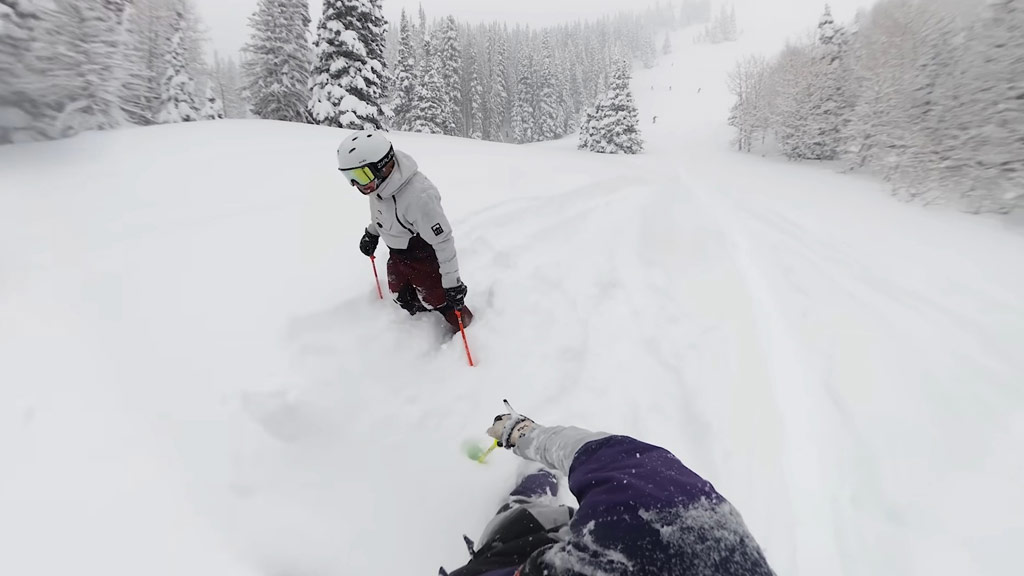
Snowfall in Massachusetts transforms the landscape into a playground for winter sports enthusiasts. Ski resorts in the Berkshires and central Massachusetts draw visitors from across the region, offering opportunities for skiing, snowboarding, and snow tubing.
Outdoor ice skating rinks, both natural and man-made, provide a picturesque setting for families and friends to gather and glide across the ice.
The annual tradition of ice fishing on frozen lakes and ponds brings communities together in pursuit of the perfect catch beneath the icy surface.
Historical Significance and Literary Inspiration
Snow has left an indelible mark on Massachusetts’s history and literature. The harsh winters faced by early settlers, as depicted in narratives like Longfellow’s “The Courtship of Miles Standish,” highlight the resilience and perseverance required to survive in the New England wilderness.
The blizzards of 1888 and 1978, which paralyzed the region with record-breaking snowfall, are etched into the collective memory of Bay Staters and serve as cautionary tales of nature’s power.
Snow Days and School Closures
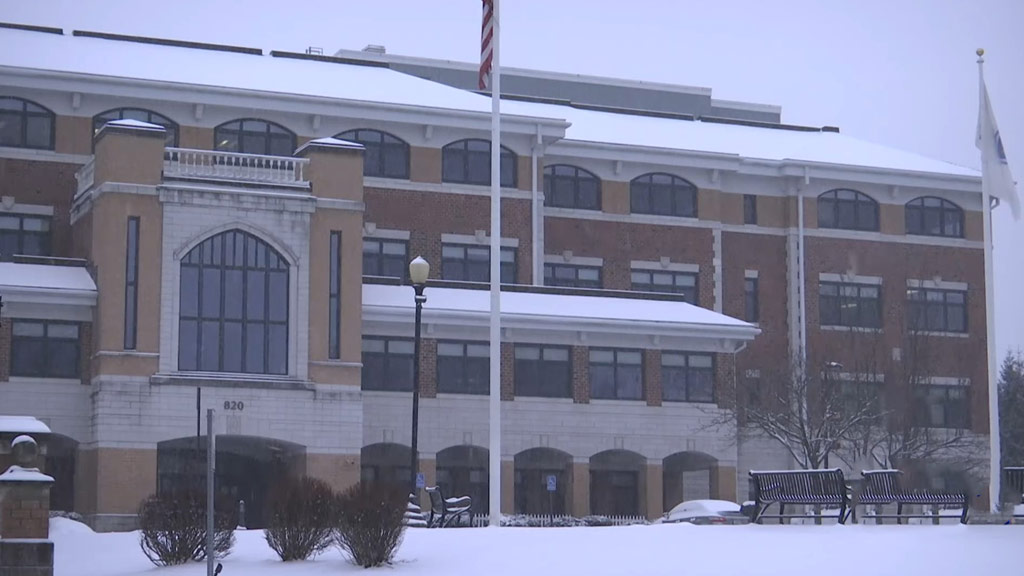
For children across Massachusetts, the anticipation of waking up to a snow-covered world brings the hope of a snow day.
The announcement of school closures due to inclement weather is met with excitement and jubilation, as students revel in the unexpected break from classes.
Snow days offer opportunities for sledding, snowball fights, and hot cocoa by the fireplace, creating cherished memories that last a lifetime.
Holiday Traditions and Festivities
Snow plays a central role in many of Massachusetts’s holiday traditions and festivities. The arrival of the first snowfall marks the beginning of the holiday season, with communities coming together to celebrate through festive events and decorations.
From tree lighting ceremonies on town commons to holiday parades adorned with twinkling lights, the magic of snow enhances the festive spirit and brings joy to residents of all ages.
Community Resilience and Solidarity
Snowstorms in Massachusetts often evoke a sense of camaraderie and community resilience. Neighbors band together to clear snow from driveways and sidewalks, lending a helping hand to those in need.
Snow emergency shelters provide refuge for those without homes during severe weather events, demonstrating the importance of compassion and solidarity in times of crisis.
The shared experience of weathering winter storms fosters bonds of friendship and strengthens the fabric of Massachusetts’s diverse communities.
Economic Impact and Tourism
While snow can disrupt daily routines and transportation networks, it also fuels Massachusetts’s economy through tourism and winter recreation.
Ski resorts, hotels, and restaurants benefit from visitors seeking snowy adventures in the Berkshires and other scenic destinations.
Snow-related industries, such as snow removal services and equipment sales, provide employment opportunities and stimulate local economies during the winter months.
Environmental Awareness and Conservation
Snowfall in Massachusetts serves as a reminder of the delicate balance between human activity and the natural world.
Climate change is altering precipitation patterns and contributing to more frequent and intense winter storms, posing challenges for communities and ecosystems alike.
Efforts to mitigate the impacts of climate change and promote environmental conservation are essential for preserving the beauty and resilience of Massachusetts’s winter landscapes for future generations.
FAQs
How much snow does Massachusetts typically receive each year?
Massachusetts receives an average of 40-60 inches (102-152 cm) of snowfall annually, though this can vary depending on location and elevation.
What are some of the biggest snowstorms in Massachusetts history?
Massachusetts has experienced several notable snowstorms, including the Blizzard of 1978, which brought record-breaking snowfall and widespread disruption to the region.
How does snow impact transportation in Massachusetts?
Snowfall can significantly impact transportation in Massachusetts, leading to road closures, flight cancellations, and delays in public transit systems. The state’s Department of Transportation works to clear roads and maintain safe travel conditions during winter storms.
Are there any snow-related events or festivals in Massachusetts?
Yes, Massachusetts hosts various snow-related events and festivals, including winter carnivals, ice sculpture competitions, and holiday celebrations. These events often showcase the state’s winter traditions and culture.
Does Massachusetts have any unique snow-related activities or traditions?
Massachusetts residents enjoy a variety of snow-related activities and traditions, such as skiing, snowboarding, snowshoeing, and ice fishing.
Additionally, the tradition of “shoveling out” after a snowstorm is a common practice in many communities.
Conclusion
The snowfall history of Massachusetts is a tapestry woven with threads of wonder, resilience, and adaptation.
From the colonial era to the present day, the state has experienced a wide range of snowfall events, each leaving its mark on the landscape and the collective memory of its inhabitants.
As we reflect on the challenges and joys brought by winter’s icy embrace, we are reminded of the interconnectedness of nature and human existence.
Snowfall not only shapes the physical environment but also influences our daily lives, from transportation and recreation to agriculture and commerce.
Yet, there’s a sense of awe and appreciation for the beauty and power of nature. Massachusetts’s snowfall history serves as a reminder of our shared vulnerability and resilience in the face of natural forces beyond our control.
As we look towards the future, may we continue to cherish and steward the delicate balance of ecosystems.
Jaclyn Lowe